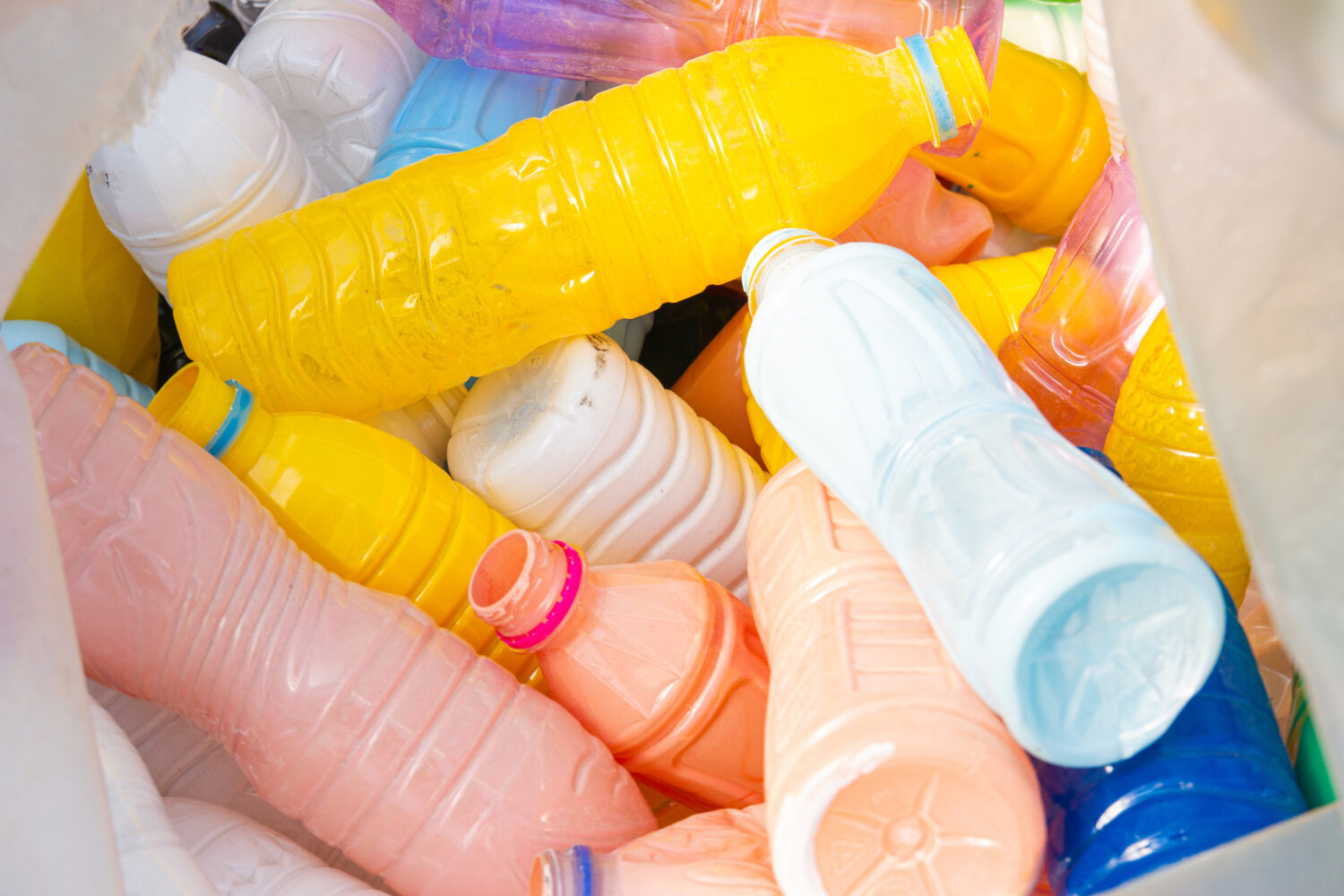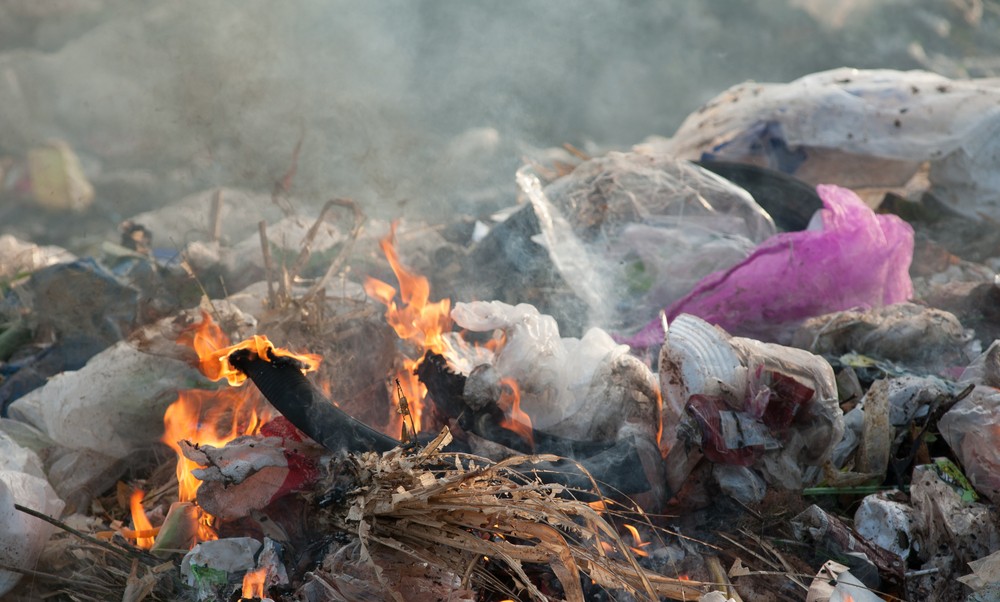So, in comparing silicone vs. plastic, which will be the better option for food-grade use and other applications? Plastic products are cheap, lightweight, odorless, not fragile, and have a long lifespan. Silicones are a hybrid of synthetic plastic polymers and rubber. The characteristics of silicone are pretty similar to plastics, only better. It has higher durability, stability, flexibility, and, most importantly, it is more eco-friendly. Silicone products also don’t use BPA like plastics. Most people demand silicone products nowadays because of their features. But before you choose between plastic and silicone products again, you need to look at the differences, pros, and cons of both materials.
An Overview Of Silicone
Silicone is mainly a fusion of plastic polymers and synthetic rubber. It’s a member of the rubber family. The polymer part is made with oxygen, silicon, and elements like carbon. Silicone can be produced by a reaction with fossil fuel under high heat. Therefore, it has similar properties to plastics like temperature resistance, clarity, water resistance, flexibility, durability, and stability. On top of that, silicone products don’t react with most chemicals. So, it’s safe to use in food-grade containers. You can easily clean silicone products like cups, tiffin boxes, spoons, etc. They are non-staining and non-sticky. As it’s a fusion product, it’s pretty lightweight. You can use silicone containers in microwaves or dishwashers.
Pros
• Non-toxic • Doesn’t leach harmful products • Stability in high temperature • Doesn’t harbor bacteria • Durable • Can be recycled • Multifunctional
Cons
• Not renewable because of synthetic products • Not biodegradable • Stability can be compromised over 300° Fahrenheit temperature
An Overview Of Plastic
Plastic is typically made from plants, natural gas, and crude oil. The main chemicals are propane and ethane. With heat and pressure, these components combine to form plastic polymers. Applying variable amounts of heat and other additional chemicals makes the variations in plastic products. This includes things like polythene bags, tiffin boxes, cups, mugs, spoons, and many different shapes with various purposes. As plastics are made with polymer chains, they are pretty durable and stable products. They have a longer lifespan than other products. But it takes more than 100 years to degrade a plastic product. However, you can recycle plastic. Some people prefer to use plastics over silicone as the production cost is lower and the material is lightweight with easy availability.
Pros
• Cheap and convenient in usage • Long lifespan • Lightweight and durable • Hygienic packaging material • Varieties in different fields • Odorless
Cons
• Not eco-friendly • Not renewable • Doesn’t sustain in the long run • Pollute the environment like water, soil, air, etc.
Difference Between Silicone & Plastic
Both plastic and silicone have similar characteristics. But there are some differences between them too. The most significant concern is environmental safety. However, here are some other sectors you should look at:
Physical Characteristics
There are not many physical differences between silicone and plastic. Silicone products have a matte finish and a rubbery touch. On the other hand, plastic products provide a shiny look and a crispy, synthetic feel.
Chemical & Molecular Structure
Both of the materials are chemically neutral most of the time. However, the chemical and molecular structures of silicone and plastic are vastly different. Silicone is a fusion product of plastic polymer and synthetic rubber. And the core components are oxygen, silicon, and carbon. A long silicon-oxygen backbone chain creates silicones through cross-linking.
On the other hand, plastics are produced from plants, crude oil, or natural gas. The core components are carbon and hydrogen, which together create a large backbone chain through cross-linking.
Biodegradability
Silicone is not biodegradable. That’s because of the cross-linking of silicon and oxygen. On the other hand, previous plastic products were not biodegradable. However, modern science has produced biodegradable plastics, also known as bioplastics.
You can degrade those bioplastic products with bacteria or other treatments. And bioplastic also takes a lot less time to lacquer.
Stability
Silicon is a core ingredient of silicone which is an inert material. It doesn’t react to most of the chemicals we use regularly. But plastic has no such inert substances, which makes it less stable. A plastic product can produce toxic chemicals. If you are exposed to this chemical, it will cause harm to your body.
Durability
In terms of durability, silicone products have the upper hand because of their molecular structure. Both plastic polymers and synthetic rubbers create a more robust polymer chain. That’s why silicone products last longer than plastics. Plastic products have only carbon-hydrogen linking with some additional oxygen or other materials. But they can’t provide much strength like silicone.
Recyclability
Recycling is pretty hard for both silicone and plastic. However, plastic recycling is much preferable because of the lower cost. But not all plastics can be recycled. Once a plastic product is recycled, it will have a limited lifespan. As recycling silicone products is tough and comes with higher costs, most manufacturers don’t prefer to use them.
Use in Dishwasher & Oven
We often directly heat our food in the oven in the same container we use to preserve it in the kitchen or fridge. This can have dire consequences. Plastic containers can degrade at high temperatures. And then several chemicals can leach into your food without you even knowing it. Though plastics don’t melt in dishwashers, they can go bad if you misplace them. Silicone products, on the other hand, are far more heat resistant. You can use them in cake baking, heating your food, etc. They won’t leave any trace of chemical leaching or melting.
Ocean Safety
Plastic products pollute the sea. That’s because when these products are divided into small pieces, they become microplastic pollutants.
Billions of these micro-fragments stay in the sea and become a threat to ocean creatures. But silicone does not work as much harm. While silicon does not biodegrade just like plastic, it does not fragment into tiny particles and enter the bodies of wildlife causing toxicity and harm.
Food Safety
We all use silicone and plastic containers for carrying, preserving, and making foods. But plastics are not suitable for food-grade use. That’s because petroleum-based estrogen-mimicking chemicals can easily mix with the food in the container. As silicone is made with silicon, oxygen, and carbon-based ingredients, there’s no harm or risk of producing toxic chemicals. So, you can use silicone products as food-grade containers.
After-Burn Toxicity
Silicone products don’t release any toxic chemicals when you burn them. It can create a foul smell and some burnt ashes, but nothing too derogatory for the environment. On the other hand, when burned, plastic products produce carbon dioxide and carbon monoxide. They are both pretty toxic and harmful to human health. And carbon dioxide is a greenhouse gas that has a considerable role in global warming.
Sustainability & Eco-Friendliness
There’s no doubt that silicone products are much more eco-friendly than plastic. They don’t cause much harm to the environment, even when silicone is burned. There are some silicone products with zero waste features. As silicone products are not for single-use, you can consider them a sustainable alternative. But plastic is not sustainable or eco-friendly. They can have a negative impact on the environment if not properly processed after disposal.
Are Silicone And Plastic The Same?
Most people get confused and think of silicone and plastic as the same product. But no, they are not the same! Plastic is made from extracted materials like crude oil or natural gas. They are not renewable sources. 40% of total plastic products go into single-use packaging. But silicone is made with silicon which is basically sand in abundance. It’s heated and pressurized to get the final product silicon. Then, the non-renewable sources are used to form silicone. Both renewable and non-renewable sources are used in manufacturing silicone. It has similar characteristics to plastic. But those features are way more sustainable and better in terms of recyclability.
Can Silicone Be An Alternate Option Of Plastic?
Yes, silicone can be an alternate option to plastic. There are many reasons behind this. First of all, there’s no doubt that plastics are less environmentally friendly. They are also not food-graded. The majority of plastic products are for one-time use. But think about silicone! They are lightweight and more durable than plastic. You can mold the silicone into different shapes, just like plastic. Silicone is also highly preferable as a sealant, adhesive, or insulating material. It can even withstand high and low temperatures at a superior level compared to plastics. At present, silicone products are highly recommended and widely used in medical, textile, aviation, and other sectors. They are also food-graded, meaning you can use them in all kinds of applications in the food industry. Furthermore, no toxic chemical leaching is proven from silicone products or after burning them. So, it’s entirely eco-friendly and sustainable as well.
Related posts you must read Can Styrofoam be Recycled Can you Recycle Pizza Boxes Can You Recycle Aluminum Foil Can you Recycle Hangers Can you Recycle Wet Cardboard Can you Recycle Laminated Paper Can you Recycle Light Bulbs Can you Recycle Tissue Paper Is Shredded Paper Recyclable? How to do it? Can you Recycle Egg Cartons
Bottom Line
Silicone and plastics belong in the same category, yet they have many differences. But silicone has the upper hand in many sectors. Though both are not biodegradable, silicone is less toxic and less harmful than plastic. Hopefully, this discussion on silicone vs. plastic has clarified your doubts about both materials. So, which one would you prefer? Avoid using plastics for sustainability and switch to environmentally friendly silicone products today!
![]()

![]()

